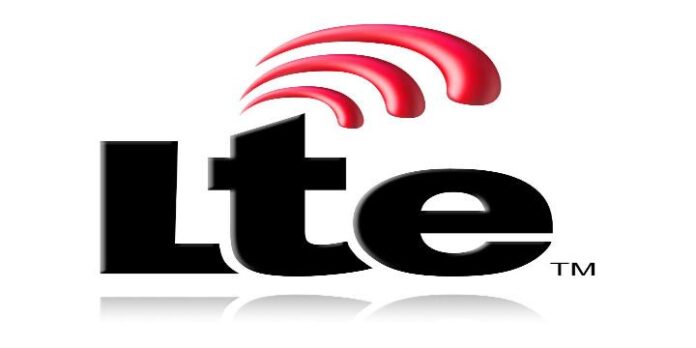This past year showed signs that LTE is ready to take off in Europe. The region started the year with LTE making up less than 5% of connections, and is poised to begin 2015 with nearly 10%, according to the GSMA’s Mobile Economy Europe 2014 report (PDF).
That’s nothing compared to the leading regions of Asia-Pacific and North America, but for Europe it could be a hint of bigger things to come. Across Europe, 4G reached a majority of the population for the first time during 2014, and GSMA predicts that 4G will overtake 3G on the continent rising to more than half the connection base within five years.
Some of the key prerequisites are in place for LTE to grow in Europe: frequency is available, coverage is expanding and major carriers are investing.
The majority of European countries have freed up the so-called “digital dividend,” sub-1 GHz frequency that is particularly good for deploying cellular services. In the European Union, the GSMA counted 24 countries that have held auctions for the 800 MHz band, and operators have launched 36 networks in 19 countries using that spectrum.
A recent study commissioned by the European Commission showed that 4G/LTE wireless coverage across Europe increased 32% in 2013, rising from 27% of households to 59.1%. At the end of 2013, only three of the 28-member states of the EU (Bulgaria, Cyprus and Malta) lacked any LTE services. Sweden was the leader in coverage with a network reaching 99.2% of households.
Major carriers also invested heavily in LTE in 2014. While Sweden has the most coverage, the U.K. has the most subscriptions. EE, which has built its brand around 4G, claimed to have the most LTE subscriptions in Europe with more than 6 million as of Oct. 30.
When RCR Wireless News last took a close look at LTE in Europe back in September, the continent’s largest phone company, Deutsche Telekom, held the lead with 4.3 million LTE subscriptions in its German market. Commenting on the company’s third-quarter results in November, DT CEO Timotheus Höttges said the company spent €6.8 billion ($8.28 billion) in the first nine months of 2014, primarily to build-out LTE as well as deploying optical fiber and vectoring in the fixed network. DT more than quadrupled its LTE sites to nearly 12,000, and the carrier raised its LTE coverage to 79% of Germany’s population.
Another European heavyweight, U.K.-based Vodafone, is also betting on LTE. As part of its $29.6 billion Project Spring investment program, the company upped its European 4G coverage to 59% and now claims 10.5 million 4G customers across Vodafone Group companies – those customers include a significant portion outside Europe, so it still doesn’t beat EE in its home market. CEO Vittorio Colao sees future growth in the technology as he pointed out when the company reported its six-month results:
“Today in Europe, only 6% of our customers are using 4G,” Colao said. “In the next 18 months, we will reach 90% 4G coverage in Europe, giving us a great opportunity to increase penetration, stimulate data usage and grow customer spend.”
It remains to be seen if this investment will be enough to spur the hoped-for growth in LTE in Europe. In 2014 the world added 211.4 million LTE subs, rising to a total of 373 million, according to figures from the Global Mobile Suppliers Association in December. Europe represented only 14.7% of that total, well behind Asia-Pacific at 43.2% and North America at 38.8%.
Europe has a lot of anxiety about being left behind and there’s a significant political push at the country- and EU-level to push 4G forward. If those efforts gain traction, who knows what will happen? Perhaps in the coming years we’ll be talking about the rise of 5G in Europe.

